Designing for Inclusion: How Might We Create a World for Everyone
agosto 25, 2022
We all want to live in a world where everyone has a seat at the table. Humans are hardwired for compassion, and the importance of having strong communities around us is crucial for wellbeing, connection, and feeling like we have a place to belong on this earth. Research shows that helping others triggers the same reward systems in the brain as when we help ourselves. When we create tools and solutions that address the limitations and challenges of our fellow humans, we’re in part motivated by a desire to care for others.
However, somewhere along the way, the infrastructure of the world that we live in became designed in a way that doesn’t account for the needs of all. Architecture, products, services and experiences are often designed in a way to solve problems only experienced by the majority, limiting access for those who don’t fit into the box of what the mass determines as ‘normal.’
Last month that APAC team co-hosted a panel event with Frog Design on Gadigal land (Sydney, Australia). We sat down and listened to the combined wisdom of Manisha Amin (CEO, Centre for Inclusive Design), Brig Fairbank (ex-Chief People Officer, Department of Communities & Justice), Susan Hansen (Human-Centred Design Practice Lead, Australian National University) and Steve Dresler (CEO, WhatAbility). The discussion challenged our notions of what a ‘mainstream’ user is, and reinforced the importance of considering the diverse needs of the people we design for. Upon reflecting on our own work at Purpose we discovered how and where our mindsets might need to shift towards more inclusive design practice to ensure our projects are accessible and inclusive of the widest range of users.
Below we have summarised the lingering truths and insights shared on the night of the event, with the hope that if we all approach our next project, whatever the scale, we “start with compassion, understanding, and curiosity” – Brig Fairbank.
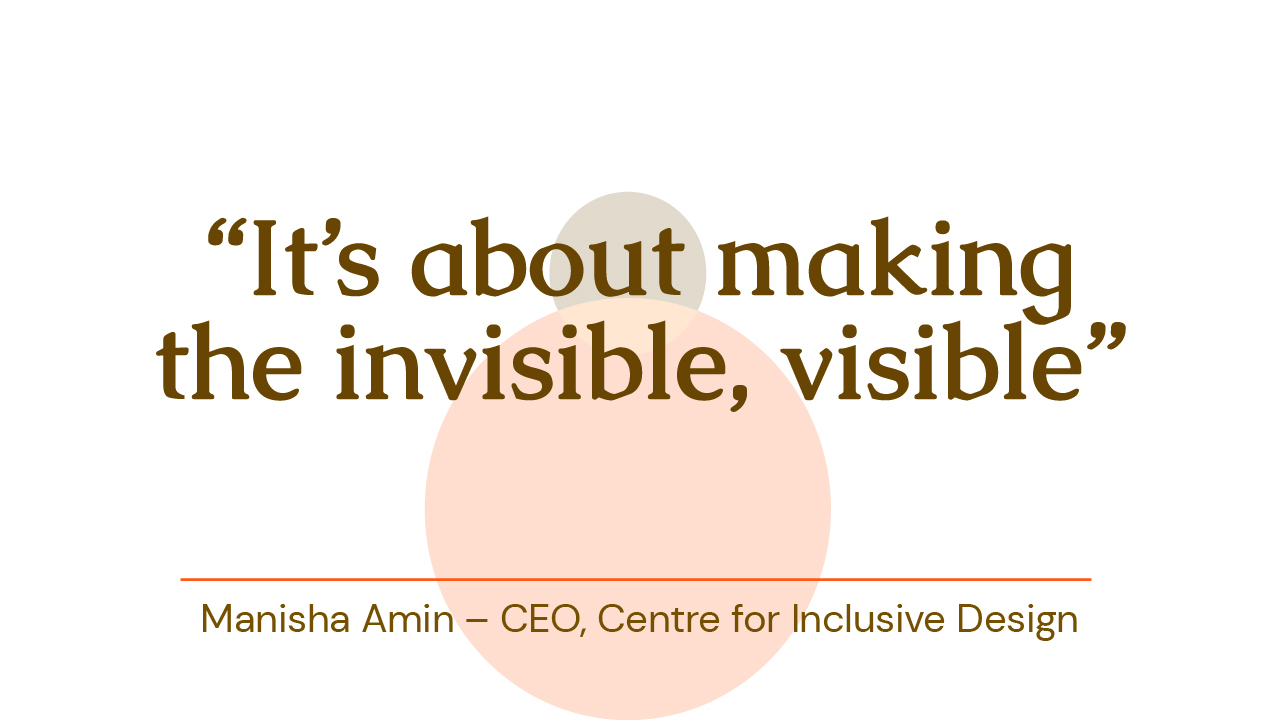
Whether it’s spaces, products, services or experiences, when people living with a disability are not considered, we are not getting a full picture of the community. Inclusion allows for richness and diversity of voices. When trying to understand our audiences, often we only look for truths and insights that are applicable to the bulk of our target groups, not the niche or the fringe. As a result, the insights that we learn sit in the middle, leading us to only uncover the same familiar observations, and solutions. The act of seeking outside of centre perspectives often reveals powerful human truths that benefit everyone, that would not otherwise be uncovered in the design process.
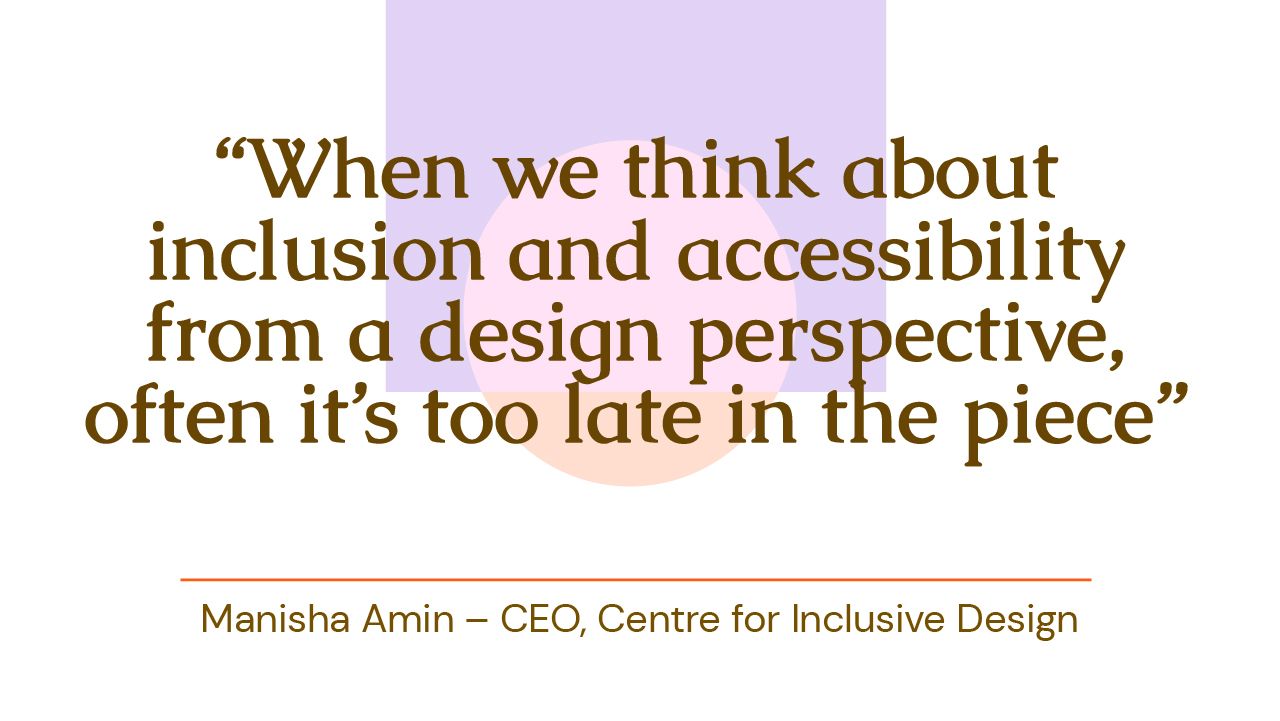 Inclusivity and accessibility can sometimes be seen as a box to tick when at the end of a project. It’s often thought about through the lens of standards we have to adhere to. Yet, following standards and checking boxes will never cover all the necessary aspects of inclusive and accessible design. It’s vital that we include, and consult with people of different physical or mental needs and ability levels, and those with lived experience, from the outset of any project. Considering users needs through a human centred design process is so important to gaining key insights and finding out more about the people that you are designing for.
Inclusivity and accessibility can sometimes be seen as a box to tick when at the end of a project. It’s often thought about through the lens of standards we have to adhere to. Yet, following standards and checking boxes will never cover all the necessary aspects of inclusive and accessible design. It’s vital that we include, and consult with people of different physical or mental needs and ability levels, and those with lived experience, from the outset of any project. Considering users needs through a human centred design process is so important to gaining key insights and finding out more about the people that you are designing for.
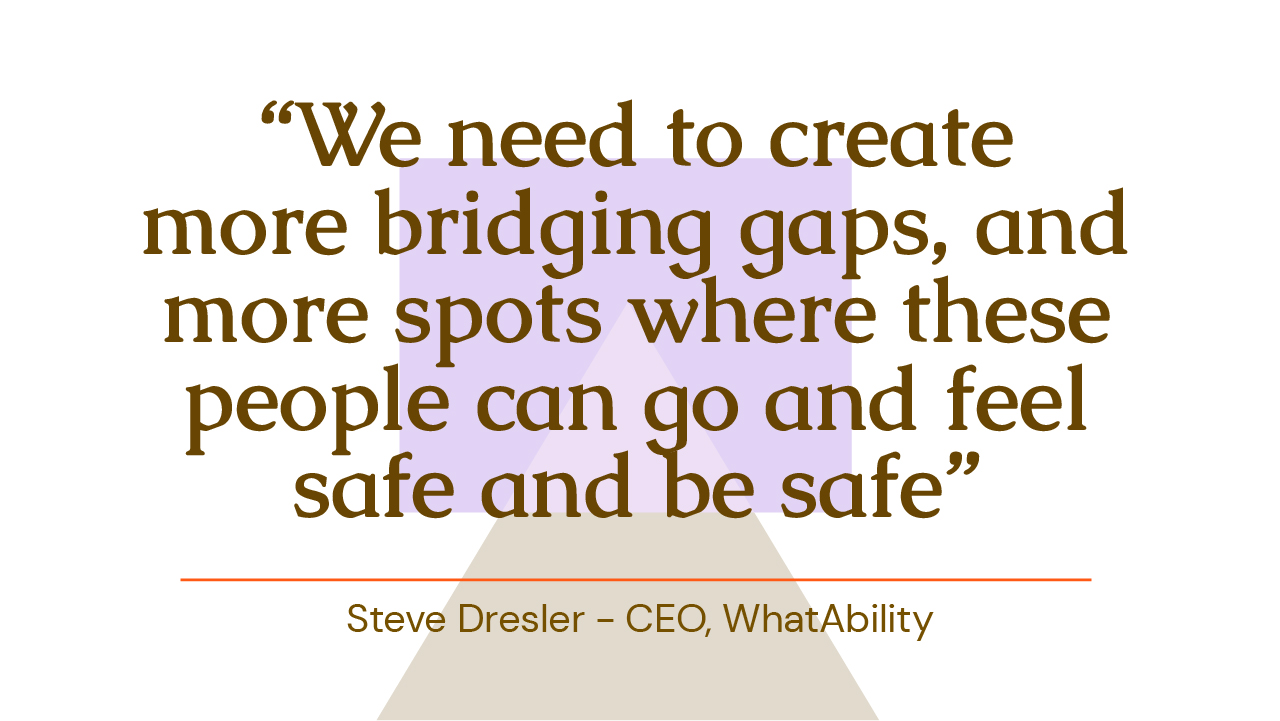
Steve, CEO of WhatAbility, a company that specialises in community access for people with a disability, acknowledged that most government funded centres are not built in a way that is accessible for people of diverse physical and neurological needs. It’s important that we acknowledge these gaps, and create spaces in our communities where people can go to feel safe, be heard, feel seen and be safe.
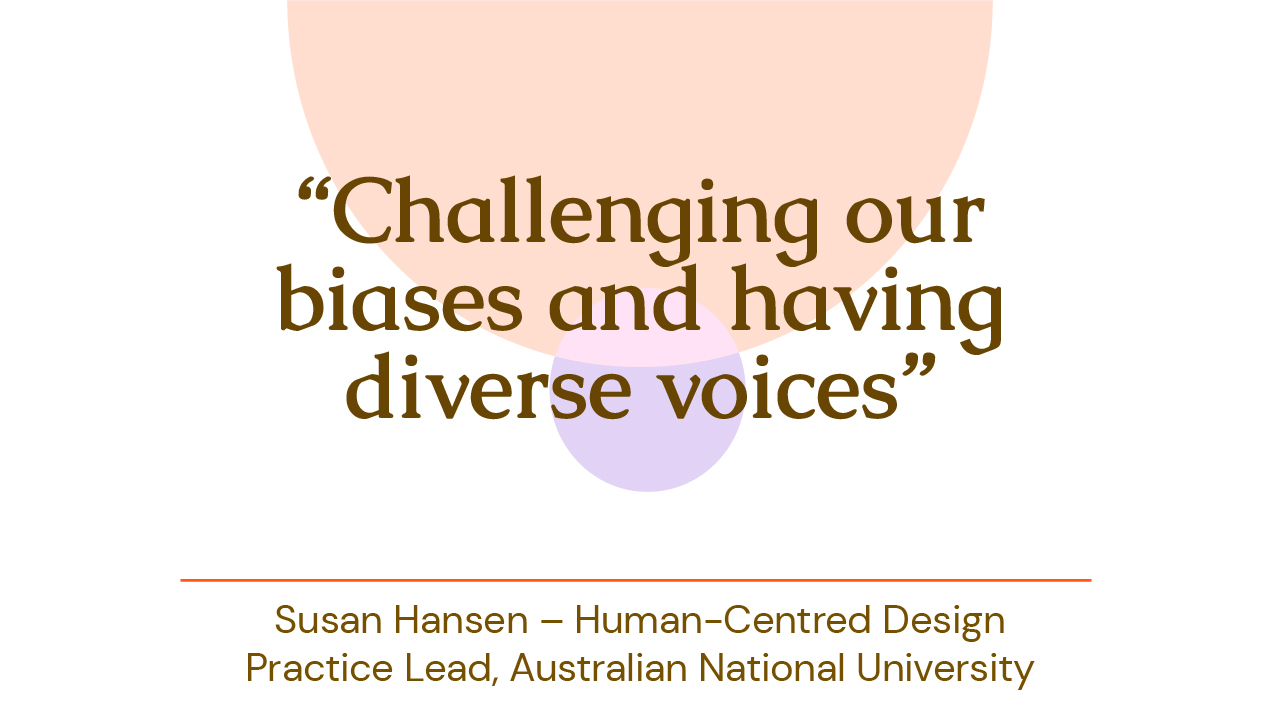
It’s powerful to acknowledge our unconscious bias, and respond to it in a way that is the opposite of that. Many of those reading this will be coming from places of privilege, and it is vital that we not only acknowledge these privileges, but also learn how to see our blindspots and unconscious biases. In doing so we can work from a place that subverts them and doesn’t let them influence our work. This also comes down to who we surround ourselves with. Our default can often be gravitating towards those who are mirrors of ourselves, or those who we have ‘easy access’ to , which naturally excludes many people.
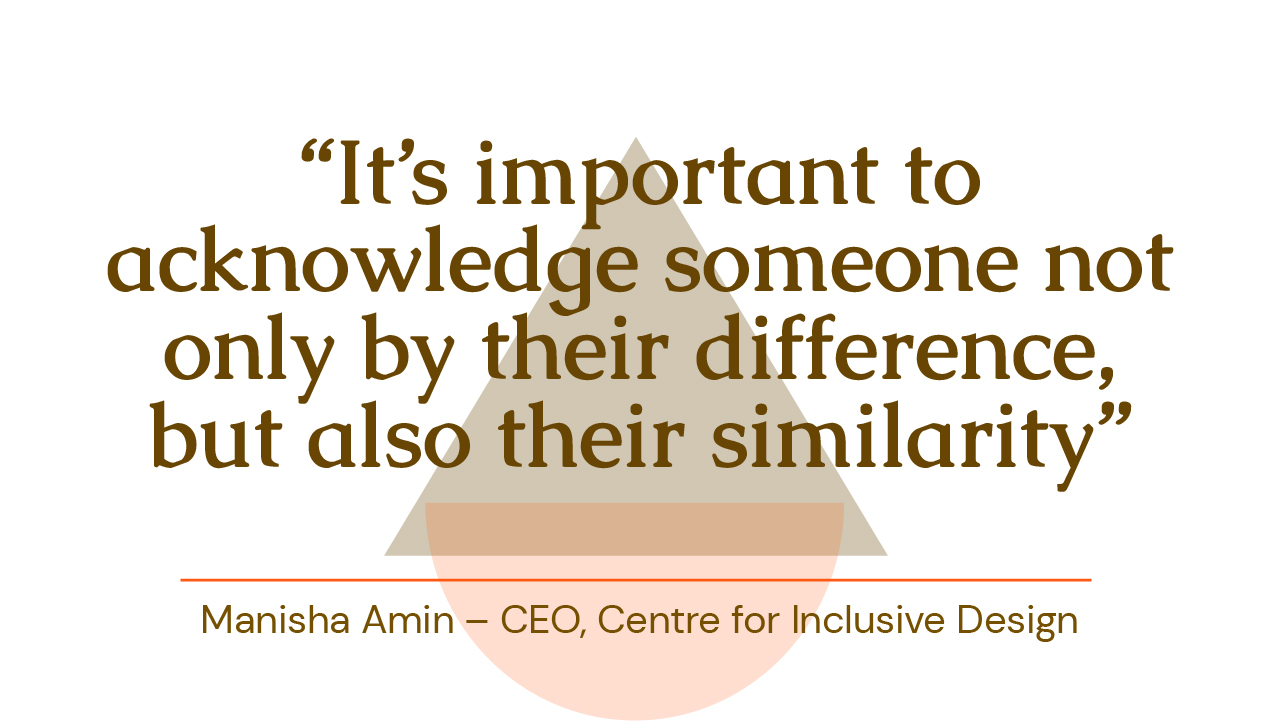
Although inclusivity and accessibility are methods of including those who are different to us, how might our attitude change if we think of people living with a disability through the lens of what we have in common, and what we can learn from that shared experience. If you are designing a product, for example, the end goal is to have the same access to the functions of that product as anyone else. By ‘othering’ people and focusing on their differences, we dehumanise them. But really we have all experienced being ‘other’ at some point in our lives. How are we able to use our experience of being ‘other’, and use it in our work, and workplaces to make all people feel comfortable.
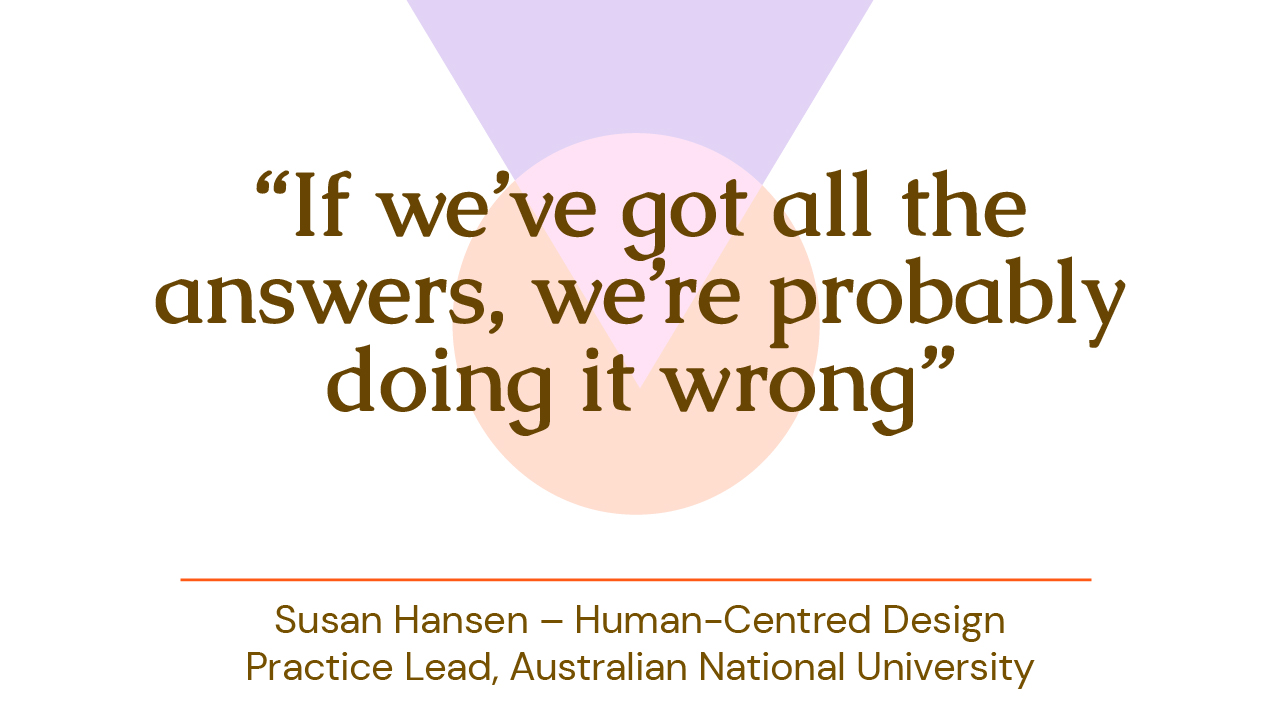
Susan Hansen solidified the key take away from the panel, which is to always invite others to the table. We will never have all the answers to design problems we are trying to solve by thinking about a problem in isolation. The answers come through a long process of discussions, listening and understanding. Above all, we need to look to others, ask questions, have compassion, empathy, and curiosity.
Um guia digital de combate à desinformação.